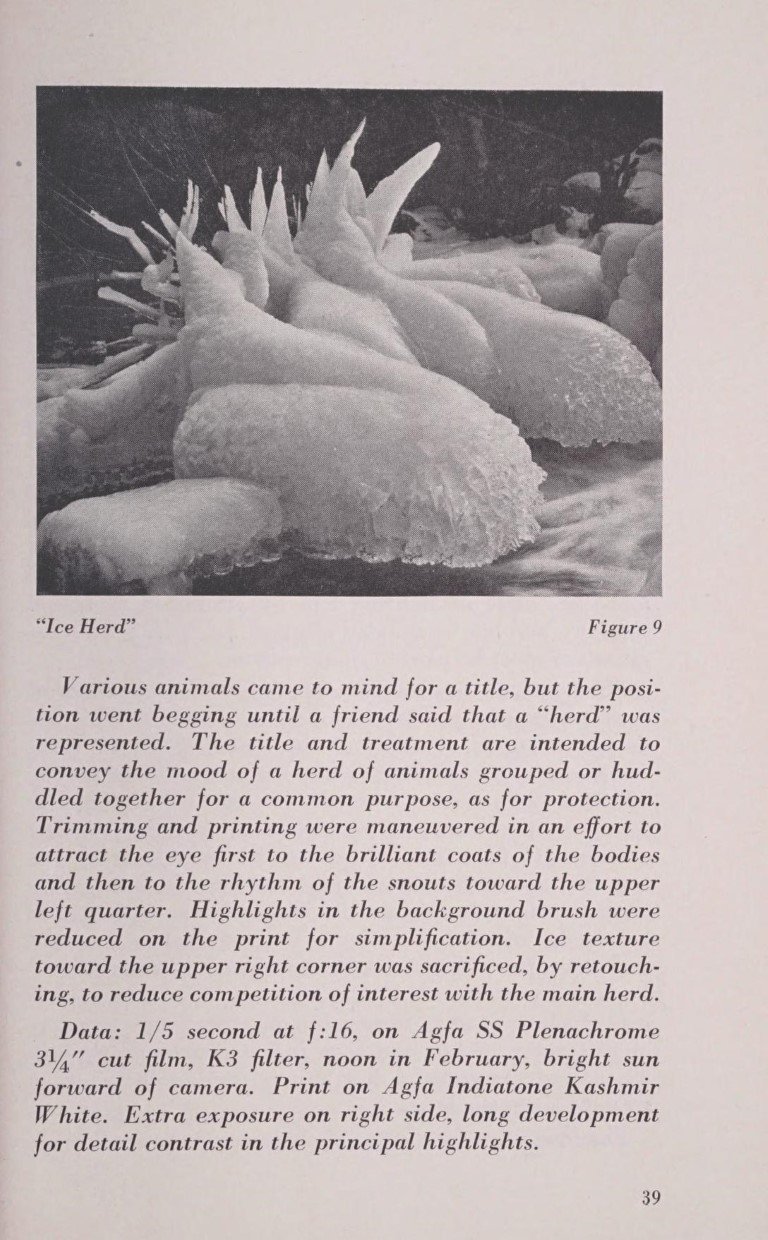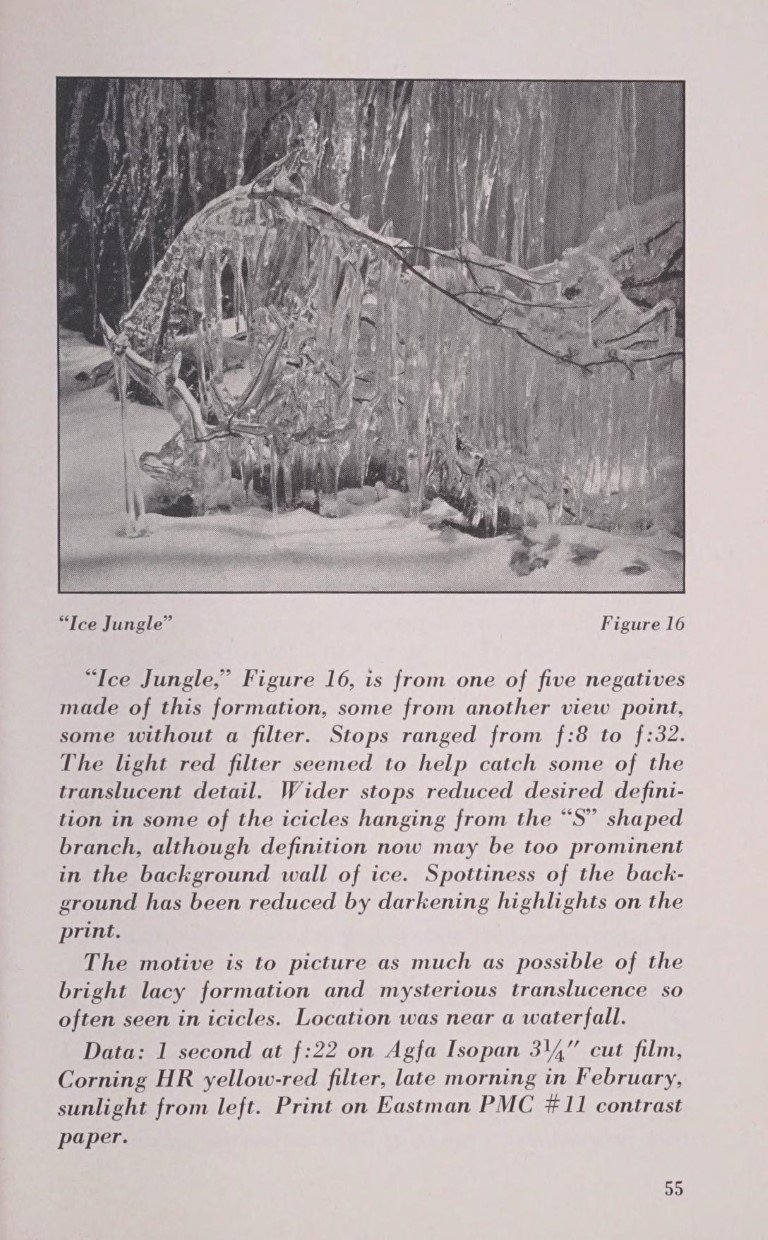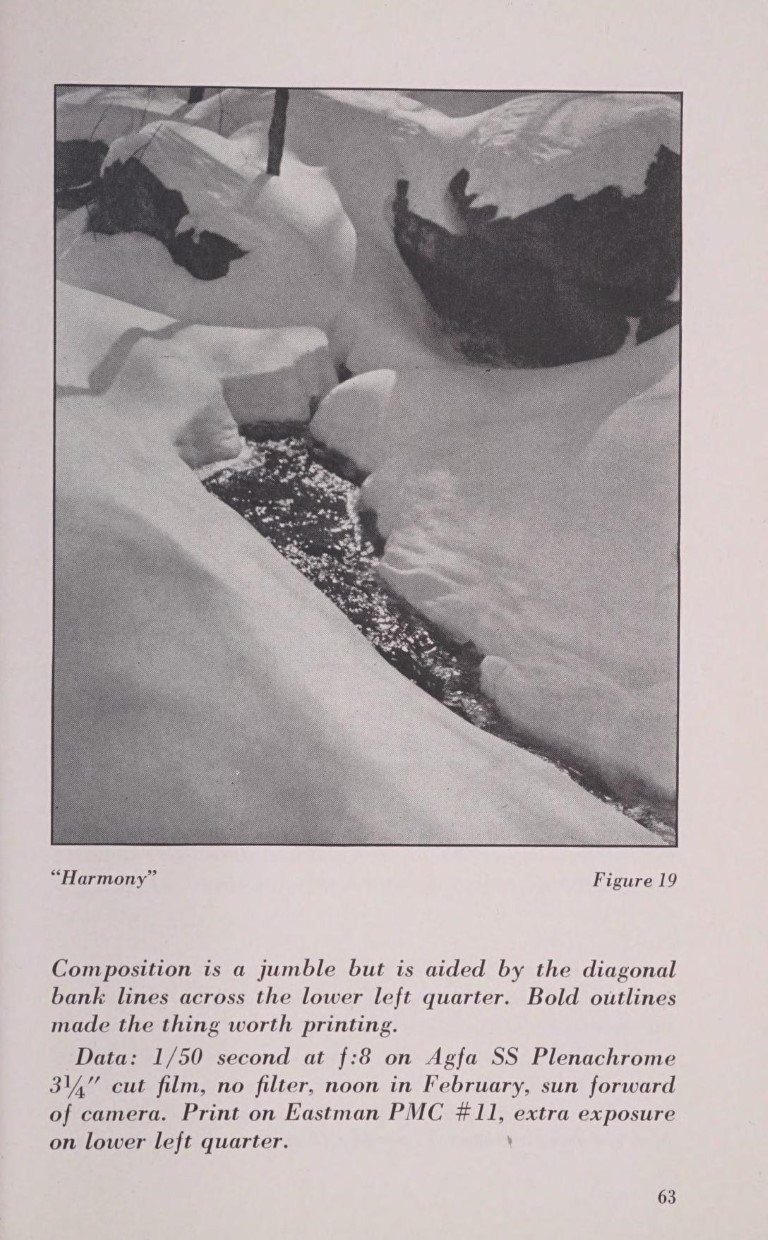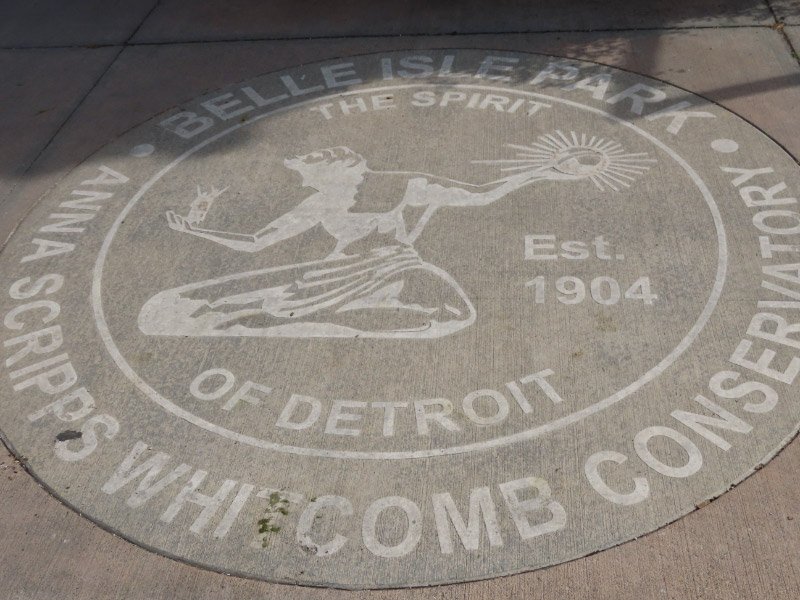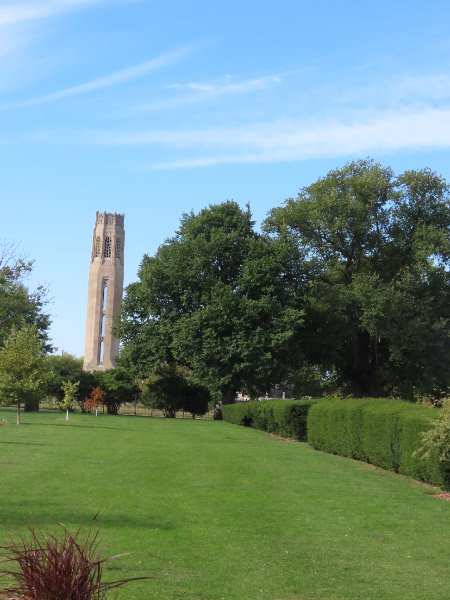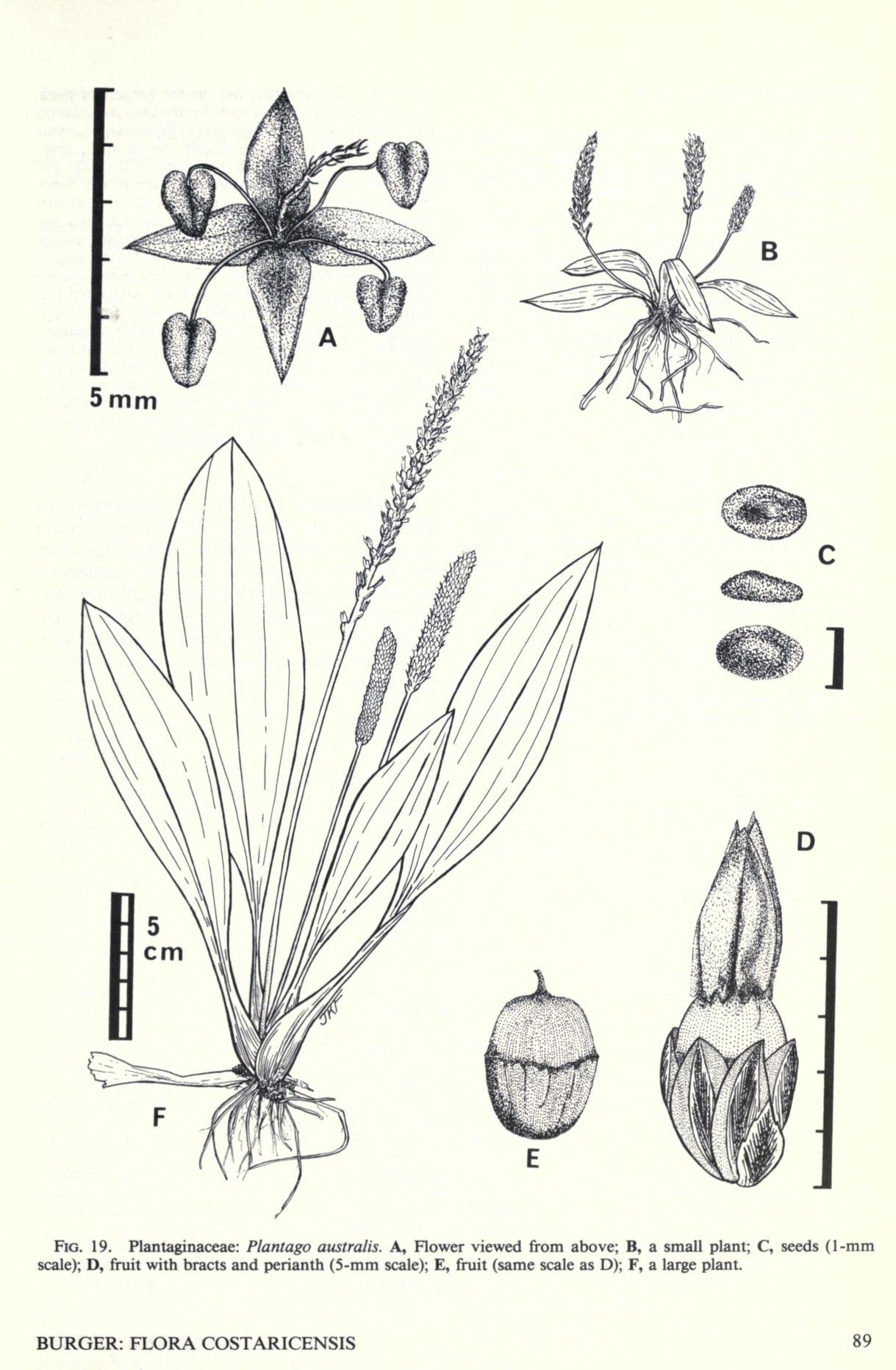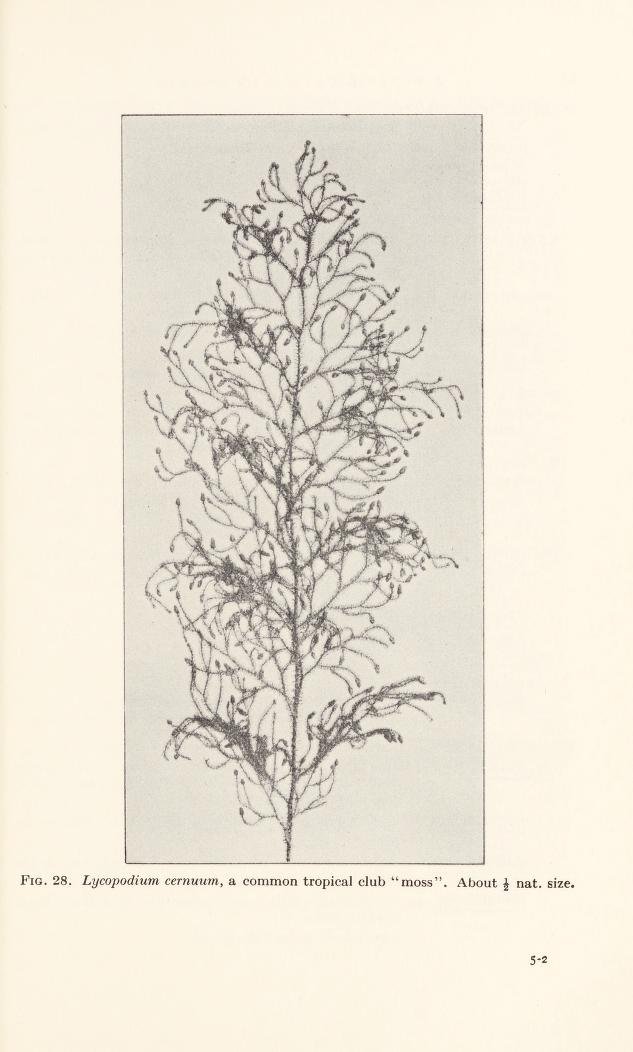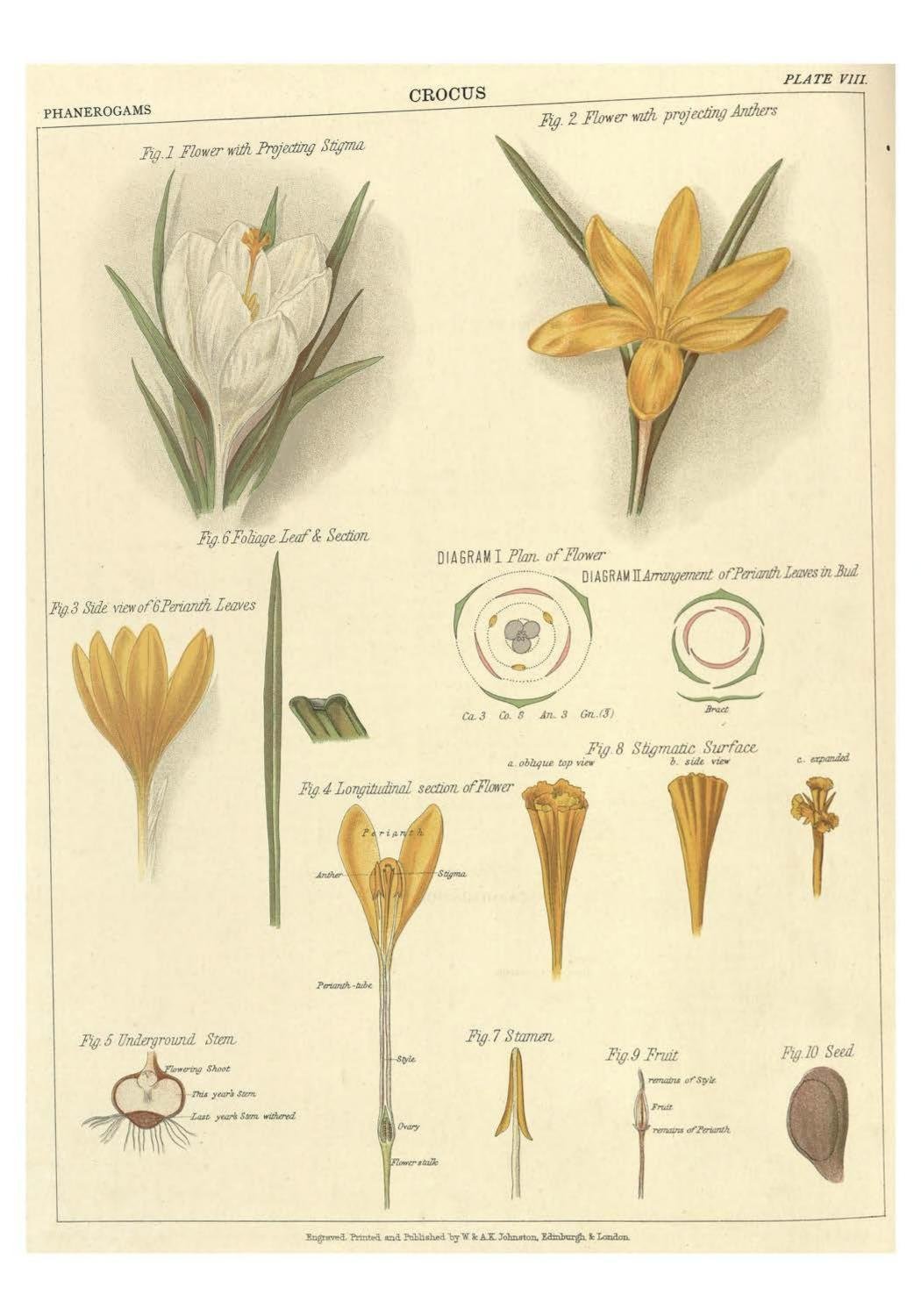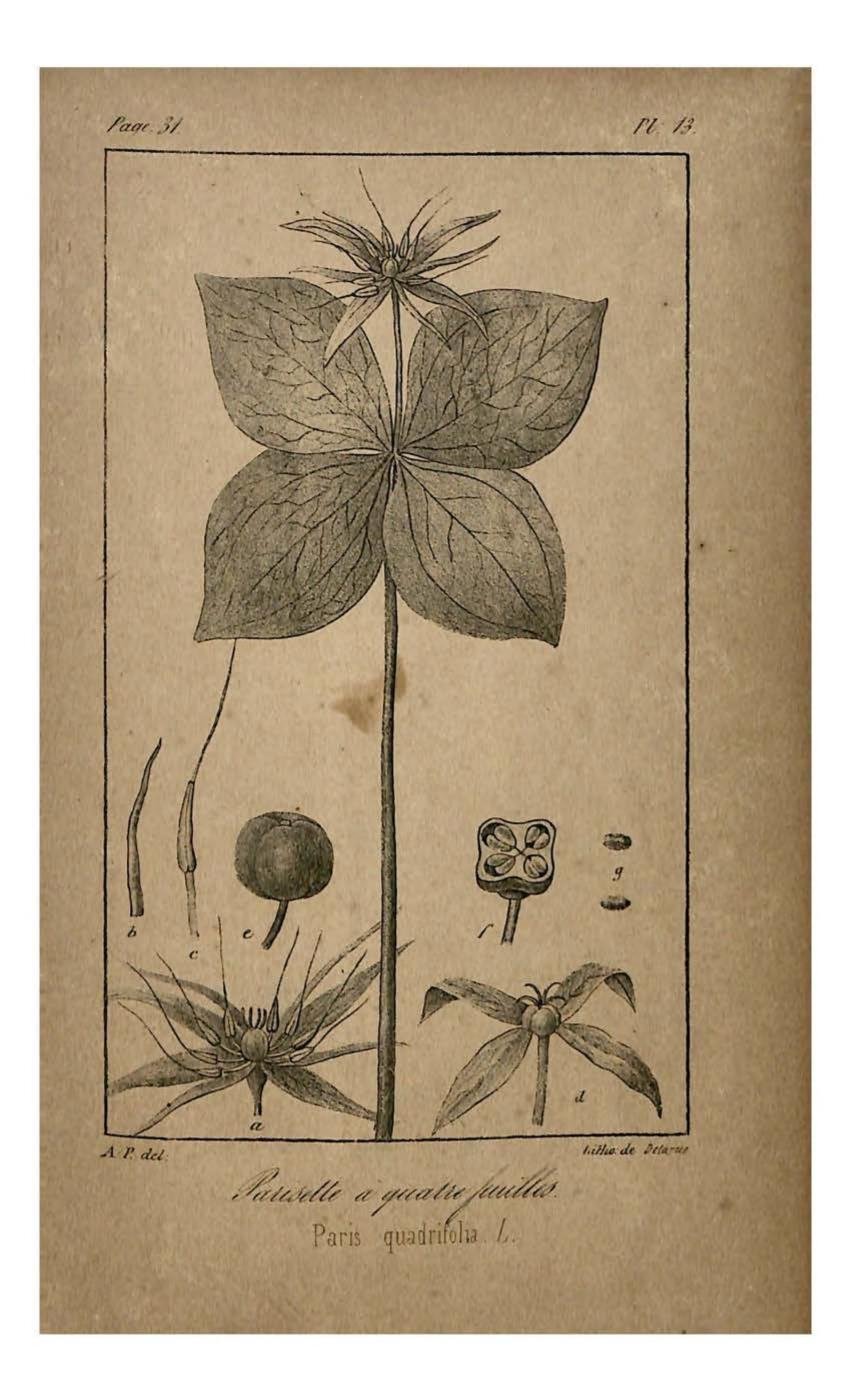Gleanings of the Week Ending November 26, 2022
/The items below were ‘the cream’ of the articles and websites I found this past week. Click on the light green text to look at the article.
Battle Over Bears Ears Continues in Utah – I am looking forward to visiting Bears Ears and Grand Staircase-Escalante National Monuments and hope that their boundaries stay the way the tribes that have used the area for a very long time want. At some point Utah and the counties that are opposing the size will recognize the values of the tribes and country that want to preserve historical, paleontological, and geologic aspects of these places….and that the state benefits significantly from people visiting. The tourism $ may become more dependable and long term than other uses of the land.
Pyramid and Hundreds of New Kingdom Coffins Found in Egypt - An Old Kingdom pyramid, 300 New Kingdom coffins with well-preserved mummies with names of the deceased, and nearby a pyramid to Queen Neith…a previously unknown Queen.
Long-COVID clinics are wrestling with how to treat their patients – Frustrating situation.
Fenced In: How the Global Rise of Border Walls Is Stifling Wildlife – Border walls have increased since the end of the Cold War! This makes climate change an even bigger challenge to mammals…because they cannot move to better habitat if there is a border wall in the way.
Baby's vaccine responses linked to birth delivery method, study finds – Babies born via Caesarian section have lower antibody levels after vaccinations than babies born naturally.
Scientists Discover More Than 22,000 Endangered Manta Rays off Coast of Ecuador – Larger than any other Manta Ray population.
A Massive Freshwater River Is Flowing Under Antarctica’s Ice – It is flowing at 3 times the rate of the Thames. This finding helps understand some problems with existing models…hopefully it will allow for model updates to predict the impact of warming more accurately on Antarctica’s ice.
A Field Guide to Jackrabbits – Hard to see denizens of the western US (and Mexico).
France Looks to Mandate Solar Panels Over Large Parking Lots – Good idea…maybe it will begin to happen in the US even without a mandate.
Bright LEDs could spell the end of dark skies – Hope cities can learn to use LEDs like Tucson…not overuse bright white LEDs.














